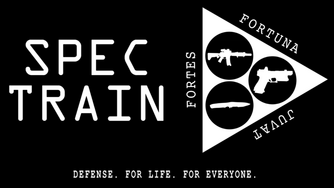The issue is the wrist is the weakest part of most any stock, and it is going to be the fail point on a break action.
Just not allot of wood to speak of containing the recoil, the grain often doesn't flow with the wrist when selected as a blank, and the geometry causes force to be imparted both rearward and outward.
Because the rear tang is not flat, but a half circle it will act like a splitting wedge to some extent if the recoil is largely on that surface.
You see this not only on shotguns but anything with a narrow rear tang like a mauser.
If the rear tang becomes the main recoil absorbing surface it spreads the stock as it bites deeper and the sides start to cam the sides of the wrist outward.
Think of it like hitting a piece of firewood with a sledge hammer vs an equally sized wedge.
It is the sides of the wedge pushing outward that split the wood fibers, not the blade cutting the wood.
A flat compresses the wood in the stock rather than spreads them.
A round does both, and largely spreads.
This is only made worse by most factory stocks either having little internal end grain sealing internally or none at all.
That causes any moisture and or oil to wick in to this weak spot and further weaken the wood over time.
Relying on the rear tang some may be okay, but if it is mostly putting force on the rear that is when they go.
Light contact would be acceptable as long as most the recoil is going into flats.
It is admittedly a problem of design more than anything.
If they would make rear tangs flat it would fix most the problem, but wouldn't look as good to the eye.
If it was mine, I would use one ply of tape as an approximate .0025 tolerance spacer to then either inlet the rear slightly oversized, or better yet bed the front surface to it.
Either way when you remove the tape the rear will be out of contact.
After firing enough rounds the fibers of the wood will likely compress such that it does contact in the rear, but it will not be the main recoil absorbing surface anymore.
You will undoubtedly find people who disagree with me, and some of them may well be more educated on the subject.
I am going off being taught stock making by someone who knows more than I, making 2 from blanks, fitting a bunch of replacements, and repairing way more.
A broken wrist on a double gun is not uncommon for the aforementioned problems.
If you keep an eye out for wood compression, and snug your rear screw that will help allot.
They loosen as the inletting is compressed, and once loose becomes more of a hit than a push.
Your millage may vary, but the nature of a stock is to fail by splitting/shearing along the grain when spread not compressing.
So the more you can avoid recoil trying to split the stock and only compress the fibers the better.
Hope that is helpful.















